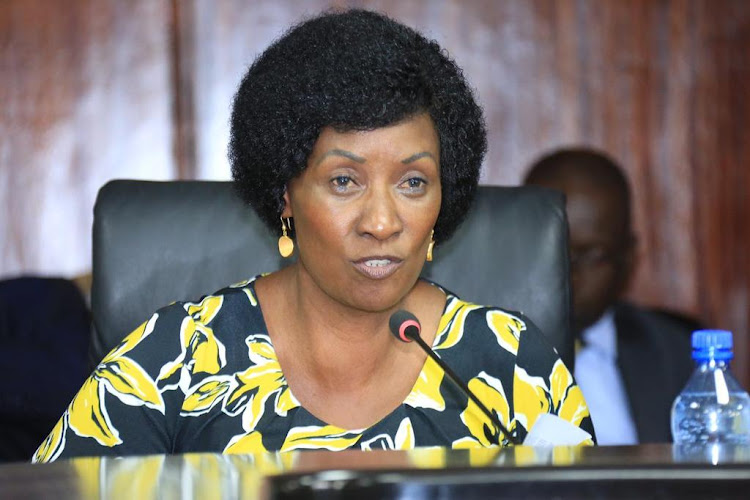Following a recent recruitment drive, junior secondary schools (JSS) nationwide are facing a potential crisis as science teachers hired in December 2024 may soon leave their current positions to pursue opportunities in Senior Secondary Schools.
This shift could jeopardize the stability of JSS institutions, which had benefited greatly from the hiring of science-based educators last year.
The Teachers Service Commission (TSC) had hired 20,000 science and pre-technical teachers on an internship basis toward the end of 2024 in order to address the ongoing shortage of science tutors.
However, in an unexpected turn, many of these teachers are now considering applying for permanent and pensionable secondary school teaching positions, set to commence next week.
This looming transition has unsettled many junior schools, with headteachers worried about the possibility of losing their newly acquired teachers.
One headteacher explained that, although these teachers have already been absorbed by the commission, many feel they would be better suited for senior secondary schools.
In response, school administrators are making efforts to dissuade their integrated science teachers from participating in the upcoming recruitment process.
TSC Recruitment and Its Implications
The commission is currently recruiting 8,707 teachers to fill vacancies left by natural attrition. Out of this number, 5,862 will be assigned to primary schools, 21 to junior schools, and 2,824 to secondary schools.
Recruitment guidelines prioritize applicants who have not previously been employed by the TSC, potentially restricting those on internships from securing permanent positions.
Despite these regulations, many JSS headteachers believe the TSC has not provided clear guidance on whether current interns are eligible for the new permanent positions. This lack of clarity could trigger an uncontrolled exodus from junior schools, further exacerbating staffing issues.
Once the recruitment process is completed, it is anticipated that the TSC will be forced to initiate another hiring phase to replace interns who secure permanent positions in secondary schools.
Many headteachers had hoped that these interns would be excluded from the recruitment drive to prevent a detrimental loss of teaching staff.
The initial objective of deploying science teachers to junior schools was to address the critical shortage of tutors, particularly as JSS institutions integrate laboratories into their STEM curriculum.
If a mass departure occurs, it could undermine these efforts, leaving many schools struggling to meet the required educational standards. This could consequently force the commission to hire additional new teachers to bridge the gap.
